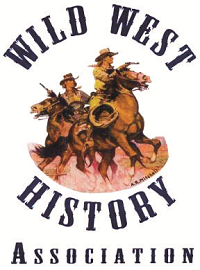The classic image of the stagecoach might be the Concord model but for the crossing the rough western trails passengers were often switched to lighter, celerity or mud wagons.
John Butterfield chose Abbot-Downing for his stages. It was because of their suspension technology that was best suited to the low relative humidity of the Southwest. Their wheels were the only ones that wouldn’t fall apart.
The Abbott-Downing Celerity was much lighter & often had a canvas roof & wooden sides. They were more common in the Southwest. The Celerity’s had leather side curtains rather than glass windows. The seats broke down so one could sleep. One could successfully operate a Celerity with a four-up hitch, but they were built for speed. Most often they used six-up hitches for that reason.
The third type was the lightweight and less expensive Mud Wagons. This was an extremely lightly-built coach with canvas sides and roof. Mud Wagons had extremely wide wheels & iron tires & were used primarily in bad weather, when the mail absolutely had to go thru.
The stage stations were located 12-15 miles apart and fresh horses were hitched to the stage. Teams were made up of four or six horses.
The driver’s run was about fifty miles then a new driver picked up the reins. His next shift, after resting, would be to make the run fifty miles back in the opposite direction.
The Butterfield Overland Mail stagecoach could travel at about 110 miles in a 24-hour day. That averages at a little over four and a half mph. It wasn’t too mountainous until they reached New Mexico and Arizona.
The Butterfield Stage Line had 100 Concord coaches at its peak and employed nearly 800 men. They owned over 1000 horses and mules, and had 150 full time drivers. Coach fare from St. Louis was $100 and the trip took an average of 23 days. Butterfield’s contract was cancelled in 1861, at the outbreak of the Civil war.
Written by Marshall Trimble

